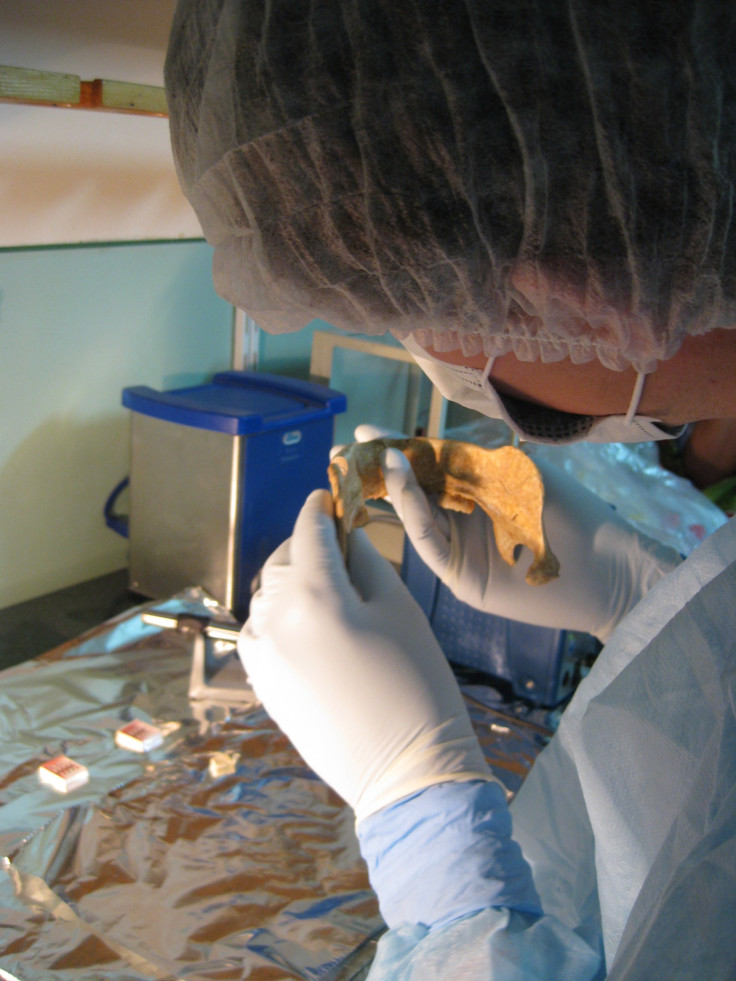Early European had Neanderthal relative just 200 years along ancestry

Modern day Europeans are likely to have had more crossover with Neanderthals than previously thought as experts reveal that a 37,000-year old human had a Neanderthal ancestor as little as four generations back.
Led by David Reich of the Harvard Medical School, a team of researchers analysed the jaw bone of a modern human who lived in Romania 37,000 to 42,000 years ago.

Neanderthals, which are thought to have disappeared in Europe approximately 39,000–41,000 years ago, contribute around 1-3% of the DNA of present-day Eurasians. But following DNA analysis of said Romanian's jaw bone (named Oase 1) they found that around 6-9% of its DNA derived from a Neanderthal.
This has led Reich and his team to believe this particular male had a Neanderthal ancestor just four to six generations back - for example, a great, great grandfather - according to the findings published in Nature.
It supports theories that early humans and Neanderthals interbred in Europe more recently than previously thought.
It also suggests that "in line with some archaeological evidence, this individual was part of a population that mixed with Neanderthals but did not contribute to later Europeans."
The report concludes that the specimen "shows that mixture between modern humans and Neanderthals was not limited to the first ancestors of present-day people to leave Africa, or to people in the Near East; it occurred later as well and probably in Europe.
"The fact that the Oase 1 individual had a Neanderthal ancestor removed by only four to six generations allows this Neanderthal admixture to be dated to less than 200 years before the time he lived."
© Copyright IBTimes 2025. All rights reserved.






















